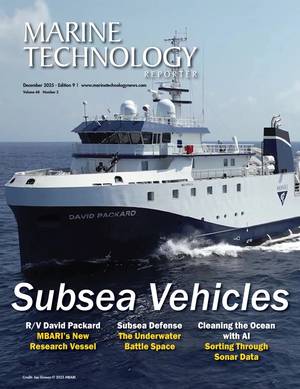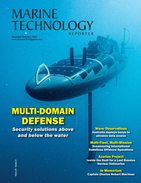NOC Expedition Marks 40 Years of Abyssal Science Project
A scientific expedition led by the UK’s National Oceanography Centre (NOC) will mark four decades of cutting-edge science at one of the world’s deep ocean scientific research sites this summer.
Setting sail today (May 30), from Southampton, onboard the Royal Research Ship (RRS) James Cook, this intensive, 25-day expedition will focus on the Porcupine Abyssal Plain Sustained Observatory (PAP-SO), 800 km from Land’s End in the Northeast Atlantic Ocean.
Started in 1985, at 4,850 m depth, it is the world’s longest running time series of life on an abyssal plain-–areas of flat seabed at 4,000-6,000 meters deep—and one of the world’s longest deep-ocean observatories of critical ocean data, from seabed to the surface.
This year’s expedition (JC278), underpinned by UK National Environment Research Council (NERC) funding, through the AtlantiS program, will include testing new, autonomous technologies alongside well established observational methods.
These will add to the long-term multidisciplinary observations at the site, which provide an important window into long-term changes in the health of the deep ocean, from the impacts of climate change to its role as a carbon sink.
New advanced autonomous technologies being tested on this 41st ship-based expedition to the PAP-SO include the deployment of new sensors and sampling technologies for autonomous observation.
These were developed as part a major Horizon Europe-funded project to advance technology for high quality ocean observations, called GEORGE (Next Generation Multiplatform Ocean Observing Technologies for Research Infrastructures). GEORGE is using two underwater autonomous robots called gliders to deploy new miniaturized sensors and samplers, and an uncrewed surface vessel (USV) that will expand on and support ship-borne data, paving the way for new frontiers in ocean science.
“This is an important opportunity to deploy our new technology at an open ocean site where we have long term data to compare with the new measurements and make sure they meet the requirements for future ocean observation capability," said Dr. Socratis Loucaides, NOC’s lead GEORGE scientist.
Additionally, for the first time, sets of underwater hydrophones will be deployed to allow scientists to “listen” to the deep ocean at the PAP-SO and another site that the RRS James Cook will visit during the expedition, Whittard Canyon, for a full year.
Scientists hope the sounds captured could provide insights into everything from elusive whales and dolphins to submarine canyon landslides at Whittard Canyon and also unlock the mysteries of the soundscape of a site like the PAP-SO, nearly 5 km down.
A time-lapse camera system, Bathysnap, that has been sitting on the seafloor taking images every few hours for the past year will also be recovered and replaced, with scientists excited to see what creatures it has caught a glimpse of.
A newly acquired specialized camera system able to take images of single cell organisms from seawater samples taken every 30 minutes from the ship on its route will also be used, with plans to use artificial intelligence to enable the imaged organisms to be identified in-real time in the future.
The team will also replace a Met Office monitoring buoy that supports weather forecasting and ocean monitoring at the site, including measuring carbon dioxide in the atmosphere and upper ocean.
The expedition will also do its more routine work recovering and deploying a wide range of scientific instrumentation to collect water and sediment samplers, physical and chemical sensors for the highest quality data. Ecological observations will be collected using baited experiments and remote seafloor imaging systems, all of which make testing new technologies possible as well as extending the crucial time series.

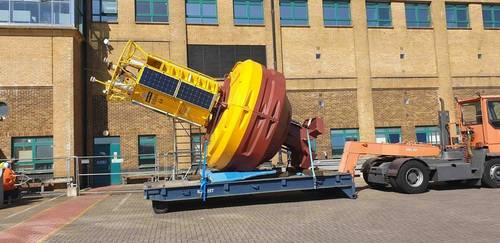


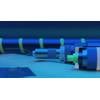
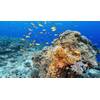








 December 2025
December 2025
